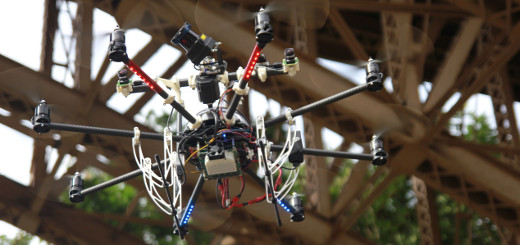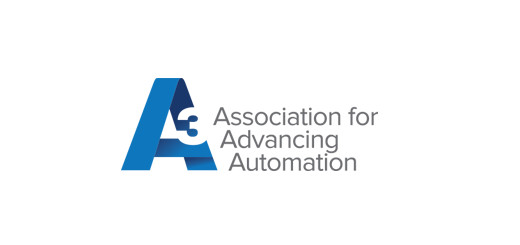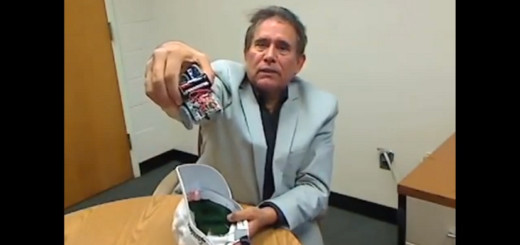Clearpath Robotics blazes trail with new robotic utility vehicle
A robotic utility vehicle wasn’t a thing until — well, until Clearpath Robotics decided to make it a thing by creating the Grizzly, its most recent robot and its largest yet.
Like the previous products in Clearpath’s lineup, the Grizzly is an unmanned vehicle platform for research and development. However, designing an all-terrain vehicle that marries “the performance of a tractor with the precision of an industrial robot” provided a new challenge for the company.
According to CEO Matt Rendall:
“Before the Grizzly was a sketch on the back of a napkin, the way that we were thinking about it was, ‘If a utility vehicle were to be built today, from scratch, without needing to factor in the ergonomic design, the safety, the form factor considerations that are all necessary for a manned vehicle, what would a utility vehicle look like?'”
Getting people to understand the vision
When Clearpath began developing the Grizzly they had no template to draw from, so the first step was for the development team themselves to wrap their heads around what they were making. If the people putting this new type of product together were unclear what it was, inevitably the end user would be as well.
“When we first set out to build the Grizzly, there was a lot of back and forth about what it was that we were actually trying to be, and directly related to that, what we were not trying to be,” Rendall says.
In the earliest stages, talking to potential early-adopters about Clearpath’s vision of what the Grizzly could be proved somewhat challenging. Once they put together a prototype and some marketing materials, though, people were able to quickly connect the dots. Even though the Grizzly is a new product category, once people see it they understand it, Rendall says.
“We’re very fortunate to be working in an industry where the product is tangible and you can very visually communicate the purpose once you’ve got a piece of hardware built,” he says.
The typical customer
When Clearpath first started building its robotic research platforms, its customers were primarily academic. However, with a portfolio of products and services designed to accelerate R&D timelines, they have found a wider audience.
“The value proposition for all of our core products are research and development platforms, so I would say any organization that has an interest in developing internal robotics capabilities would be one of our customers,” he says.
While they still deal with a lot of academic customers, Clearpath also does a significant amount of work with industrial and military research and development.
Not re-inventing the wheel
Rendall says the three primary concerns in an R&D budget are development time, total development cost and technology risk, so whether they’re working with robotics engineers or R&D managers or research professors, everyone just wants to figure out how they can do more, faster, for less money.
Clearpath’s products, including the Grizzly, do that by ensuring customers don’t have to re-create something that already exists. Clearpath has built a working platform — what it calls an “80-percent solution” — that allows clients to concentrate their resources on new developments; hence, the remaining 20 percent.
Grizzly also provides a common framework for development, with an interface designed for rapid prototyping. Electrically, mechanically and software-wise it’s designed to be easy to make modifications and integrate custom payloads or develop custom software for proving out specific concepts.
Pushing research forward
A side effect of having a standard platform is that it provides a benchmark for field robotics prototyping. Customers across the major industries Clearpath serves —aerospace, defense, agriculture and mining — are all working from the same starting point. It also allows for apples-to-apples comparisons and repeatability, which makes research that’s done using the vehicles more valuable.
“A researcher in aerospace can pick up a paper that was developed by somebody who was pushing the limits of autonomous systems in mining and pick up where they left off with the same experimental setup,” Rendall says. “So I think there’s additional acceleration happening in robotics innovation and research and development because we’re allowing a common starting point. Every time somebody picks up a project to innovate, they’re a step ahead from where the last person picked up.”
Among its clients, common areas of core robotics development include multi-robot systems, human interaction, and guidance navigation and control — concepts on the cutting edge of robotics.
“That’s kind of the exciting thing about research, everybody wants to be doing something new,” Rendall says. “If it wasn’t new, it wouldn’t be on the research agenda, and so we see a really healthy diversity in the types of projects we get involved in.”
That’s also the exciting thing about robotics companies like Clearpath, which are creating new platforms like the Grizzly to make that research possible.



